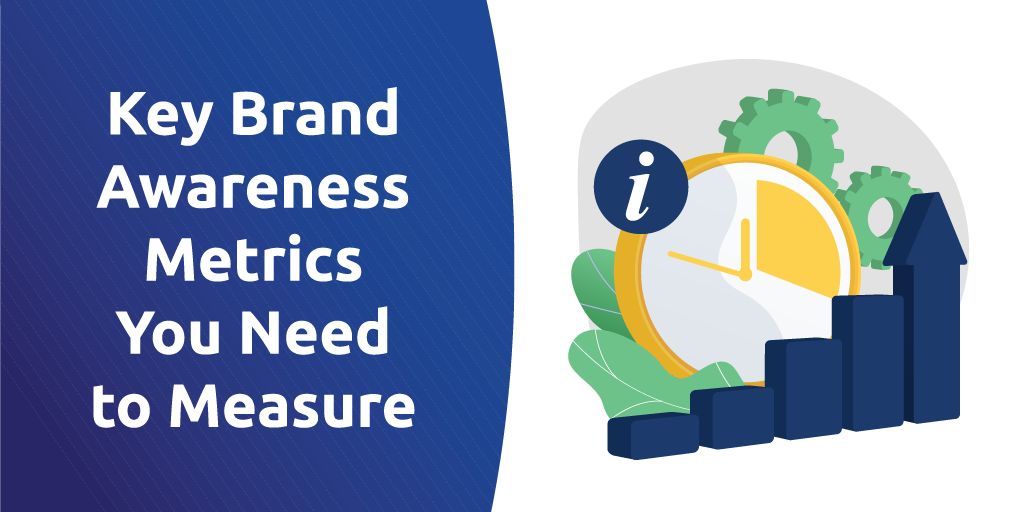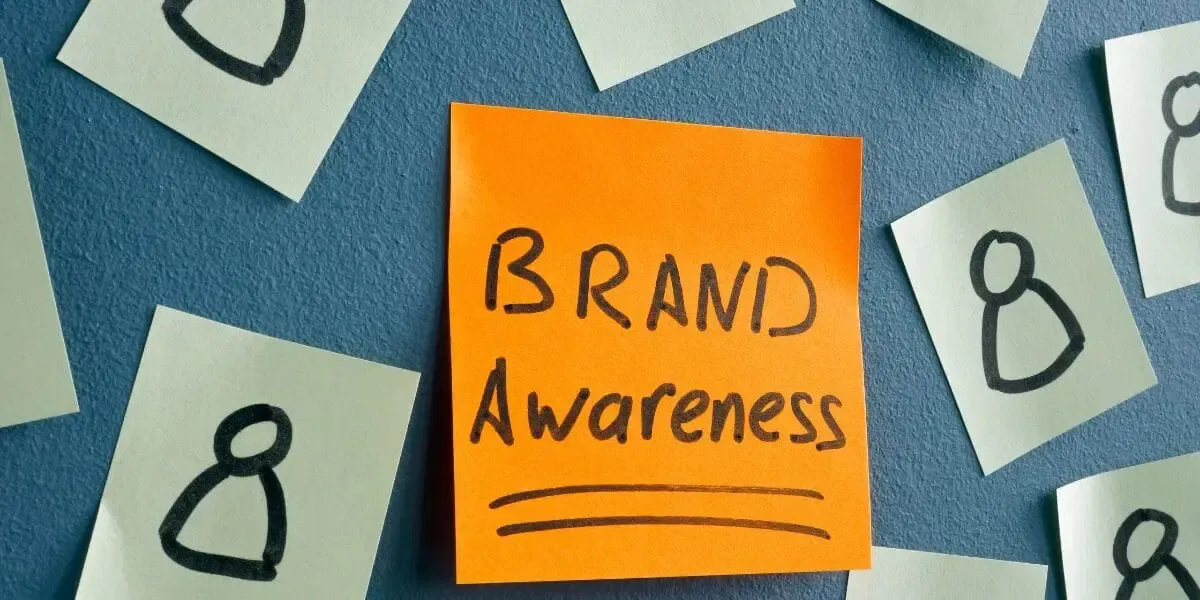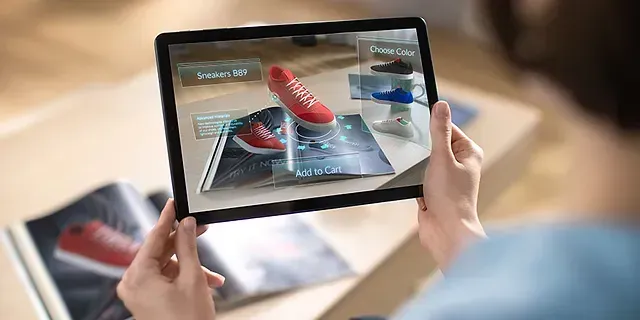How to Measure Brand Awareness: A Comprehensive Guide

In the increasingly competitive digital marketing landscape, measuring brand awareness is critical for understanding how well your brand resonates with your target audience. Whether you’re launching a new product, entering a new market, or simply striving to maintain your market position, knowing how people perceive and recognize your brand can make or break your marketing efforts. In this article, we will explore the most effective methods for measuring brand awareness. We will explore traditional and modern metrics, including integrating augmented reality (AR) tools, which offer innovative ways to gauge your brand's impact.
1. Understanding Brand Awareness
Brand awareness refers to the extent to which your brand is recognized by potential customers and is associated with the specific products or services you offer. It’s the first step in the customer journey and is crucial in influencing consumer behavior. High brand awareness means your brand is top-of-mind when people think about a particular industry or category.

2. Key Metrics to Measure Brand Awareness
a. Branded Search Volume
One of the most direct indicators of brand awareness is the volume of searches for your brand name on search engines like Google. This metric helps you understand how many people are actively seeking out your brand, indicating a level of familiarity and interest.
b. Social Listening Tools
Social listening involves monitoring social media platforms to track how often and in what context people mention your brand. Tools like Hootsuite, Brandwatch, and Sprout Social allow you to measure the number of times your brand is mentioned, the sentiment of those mentions, and the reach of conversations surrounding your brand. This is crucial for understanding how people talk about your brand and what they say.
c. Share of Voice
Share of Voice (SOV) measures your brand’s visibility compared to your competitors. It looks at the proportion of conversations or media mentions your brand receives versus others in the industry. SOV can be measured across different channels, including social media, blogs, and traditional media outlets.
d. Referral Traffic
Referral traffic refers to visitors who arrive at your website through links on other websites, blogs, or social media platforms. High referral traffic from reputable sources indicates that your brand is recognized and recommended by others, which is a strong sign of brand awareness.
e. Content Marketing Metrics
Content marketing plays a significant role in building brand awareness. Metrics such as blog post views, shares, and engagement rates can provide insights into how effectively your content spreads awareness of your brand. The more people read, share, and engage with your content, the higher your brand awareness.

3. Advanced Methods for Measuring Brand Awareness
a. Augmented Reality (AR) Metrics
As AR becomes more integrated into marketing campaigns, it offers new ways to measure brand awareness. AR campaigns often provide metrics such as impressions, captures, and shares. These metrics are particularly valuable as they indicate how many people interact with your AR content and how engaged they are with your brand. For instance, many captures and shares in an AR campaign suggest that users are not only noticing your brand but are also eager to share their experience with others.
b. Branded Search Volume and Google Analytics
Using Google Analytics to track branded search volume is a straightforward way to gauge brand awareness. By analyzing the number of times your brand name is searched and correlating it with your marketing campaigns, you can see how well your efforts increase visibility and interest.
c. Social Listening Tools and Share of Voice
Combining social listening tools with SOV analysis provides a comprehensive view of your brand’s online presence. By monitoring mentions and comparing them with those of competitors, you can assess the effectiveness of your brand awareness campaigns. Social listening tools can also help you understand the sentiment behind the mentions, offering deeper insights into how your brand is perceived.

4. Integrating AR for Enhanced Brand Awareness Measurement
Augmented reality is not just a buzzword; it’s a powerful tool for increasing and measuring brand awareness. Platforms like BrandXR allow companies to create, publish, and measure AR experiences without coding. AR metrics such as impressions, captures, and shares provide a more interactive and engaging way to measure brand awareness compared to traditional methods.
For instance, AR billboards or filters can be used in a campaign where users can interact with your brand in a virtual environment. The data collected from these interactions offers real-time feedback on how well your brand is recognized and shared among potential customers. This increases visibility and drives deeper engagement, making your brand more memorable.
5. Implementing a Comprehensive Brand Awareness Strategy
To effectively measure and build brand awareness, a multi-faceted approach is necessary. Here’s how to implement a robust brand awareness strategy:
a. Set Clear Objectives
Before launching any brand awareness campaign, set clear and measurable objectives. Whether it’s increasing branded search volume, boosting social media mentions, or enhancing AR engagement, having defined goals will help you measure success more accurately.
b. Utilize a Mix of Metrics
Relying on a single metric can give an incomplete picture of your brand’s awareness. Instead, use a combination of branded search volume, social listening tools, SOV, referral traffic, and AR metrics to get a holistic view.
c. Leverage AR for Greater Engagement
Incorporate AR into your marketing campaigns to create immersive experiences that boost brand awareness and provide rich data on user interaction. As AR becomes more mainstream, its ability to capture attention and generate shares will be invaluable in increasing brand recognition.
Conclusion
Measuring brand awareness is crucial for understanding the effectiveness of your marketing efforts and how well your brand resonates with your target audience. By leveraging a combination of traditional and modern metrics, including the innovative use of AR, you can gain deeper insights into your brand’s visibility and recognition in the market. As digital marketing continues to evolve, staying ahead of the curve with tools like AR and comprehensive analytics will ensure that your brand stays relevant and thrives in the competitive landscape.
By following these strategies, you’ll be well-equipped to measure brand awareness effectively and continuously improve and refine your brand’s presence in the market.
TALK TO A PRO
We're here to bring your brand to life!
Stay Connected with BrandXR
Create Augmented Reality for Free!
Create, Publish, and Measure 3D Augmented Reality Experiences Without Having to Code.














